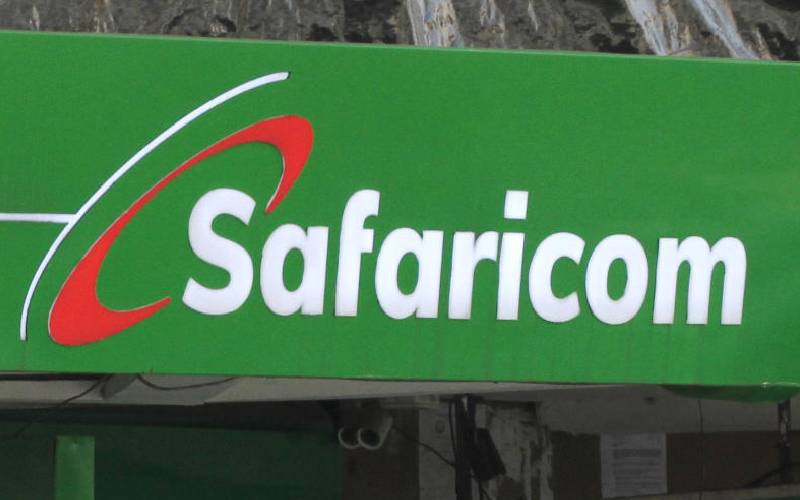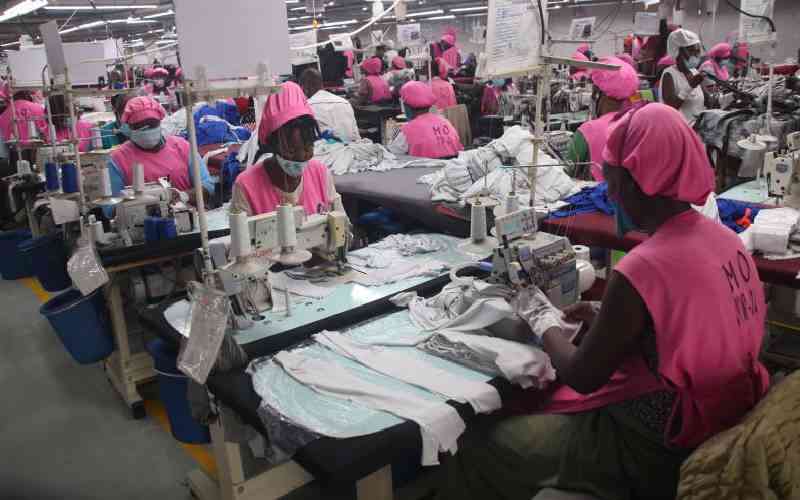×
The Standard e-Paper
Smart Minds Choose Us
 |
| The art loving Elimo and Philsa Njau. |
Characteristic of its name, Paa ya Paa gallery burned down only to rise from the ashes, writes WANGECI KANYEKI
Paa ya Paa art gallery is easily considered to be Kenya’s oldest, indigenous, African owned art gallery, it is also the biggest gallery in East Africa. Established in 1965, its name in Kiswahili means, “the antelope rises high in the air”.







